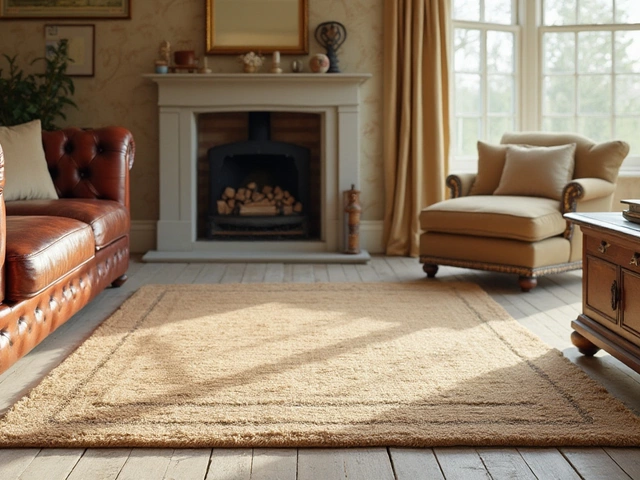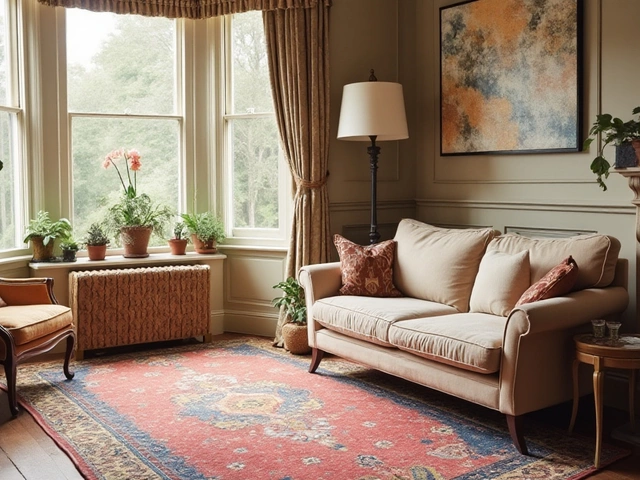Line Shelves: Modern Linear Storage for Every Room
Line shelves are simple, straight shelves that run along a wall or inside a closet. They give you extra space without taking up floor area, which makes them perfect for small apartments or busy rooms. In this guide you’ll learn why they work, how to pick the right size, and quick ways to install them yourself.
Why Choose Line Shelves?
First, line shelves are versatile. You can mount them in the kitchen for mugs, in the bathroom for towels, or in the living room for books and plants. Because the design is minimal, they blend with any style – modern, rustic, or farmhouse. Second, they are easy to customize. A shelf can be a solid plank, a metal bar, or a glass panel, and you can finish it with paint, stain, or leave it raw for an industrial look. Third, the cost is usually low. A basic wooden shelf and brackets can be bought for under £20, and you only need a drill and a level to hang it.
Another benefit is visual balance. A straight line draws the eye across the wall, making the space feel organized and wider. If you have an empty stretch of wall, adding a line shelf can turn it into a display area instead of a dead zone. Finally, line shelves are easy to rearrange. Because the brackets are separate from the plank, you can move the shelf up or down later without redoing the whole wall.
How to Style and Install Them
Start by measuring the wall. Decide how long you want the shelf and leave at least a few inches of space on each side for a balanced look. Use a stud finder to locate wall studs – mounting the brackets into studs gives the strongest hold. If studs aren’t in the right place, use heavy‑duty wall anchors designed for drywall.
Next, pick the material. Pine is cheap and easy to paint, while oak looks richer but costs more. For a sleek vibe, metal brackets with a glass shelf work well in a bathroom. Whatever you choose, sand the surface lightly and apply a primer before painting or staining. This step ensures the finish lasts longer.
When it’s time to hang, mark the bracket positions with a pencil, drill pilot holes, and screw the brackets securely. Place the shelf on top, then check with a level. A small wobble can be fixed by tightening the screws or adding a thin shim behind the bracket.
Now for styling. Keep the look tidy by grouping similar items together – a row of small vases, a stack of books, or a mix of green plants. Use baskets or boxes on the shelf to hide clutter like remote controls or chargers. If you like a gallery feel, add a few framed photos and alternate them with decorative objects. Lighting also makes a difference; a narrow LED strip under the shelf adds a soft glow and highlights the items you display.
Maintenance is simple. Dust the shelf regularly with a microfiber cloth. For wood, a quick wipe with a damp cloth and a touch of furniture polish keeps it looking fresh. Metal brackets can be sprayed with a rust‑prevention coating if they’re in a humid area.
In short, line shelves give you extra storage, a clean look, and a chance to show off personal items without overwhelming the room. With a few tools, a bit of measuring, and a dash of style, you can turn any wall into a functional showcase. Ready to try one? Grab a plank, find some sturdy brackets, and start spreading the extra space today.

Do People Line Shelves? When It’s Worth It, Best Materials, and How to Do It Right
Wondering if you should line shelves? Clear advice on when it helps, when it doesn’t, the best materials, NZ costs, and a simple how‑to that actually works.
Categories
- Storage (27)
- Bathroom (18)
- Sofas (15)
- Curtains (15)
- Home Decor (12)
- Bedding (11)
- Kitchenware (11)
- Cushions (11)
- Mirrors (10)
- Rugs (9)
Popular Articles

Durable Rugs: Choosing the Longest-Lasting Options
Oct, 17 2024


